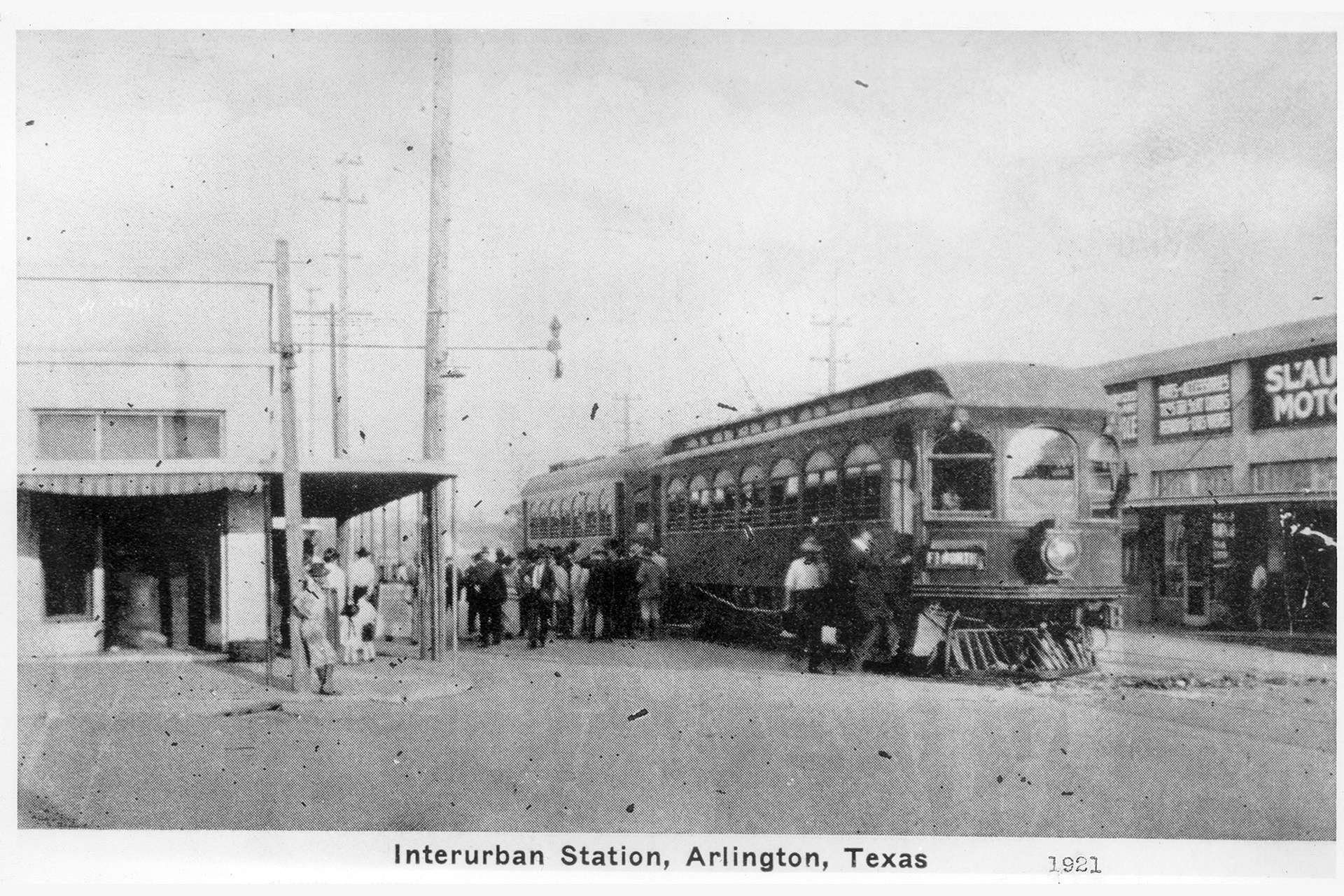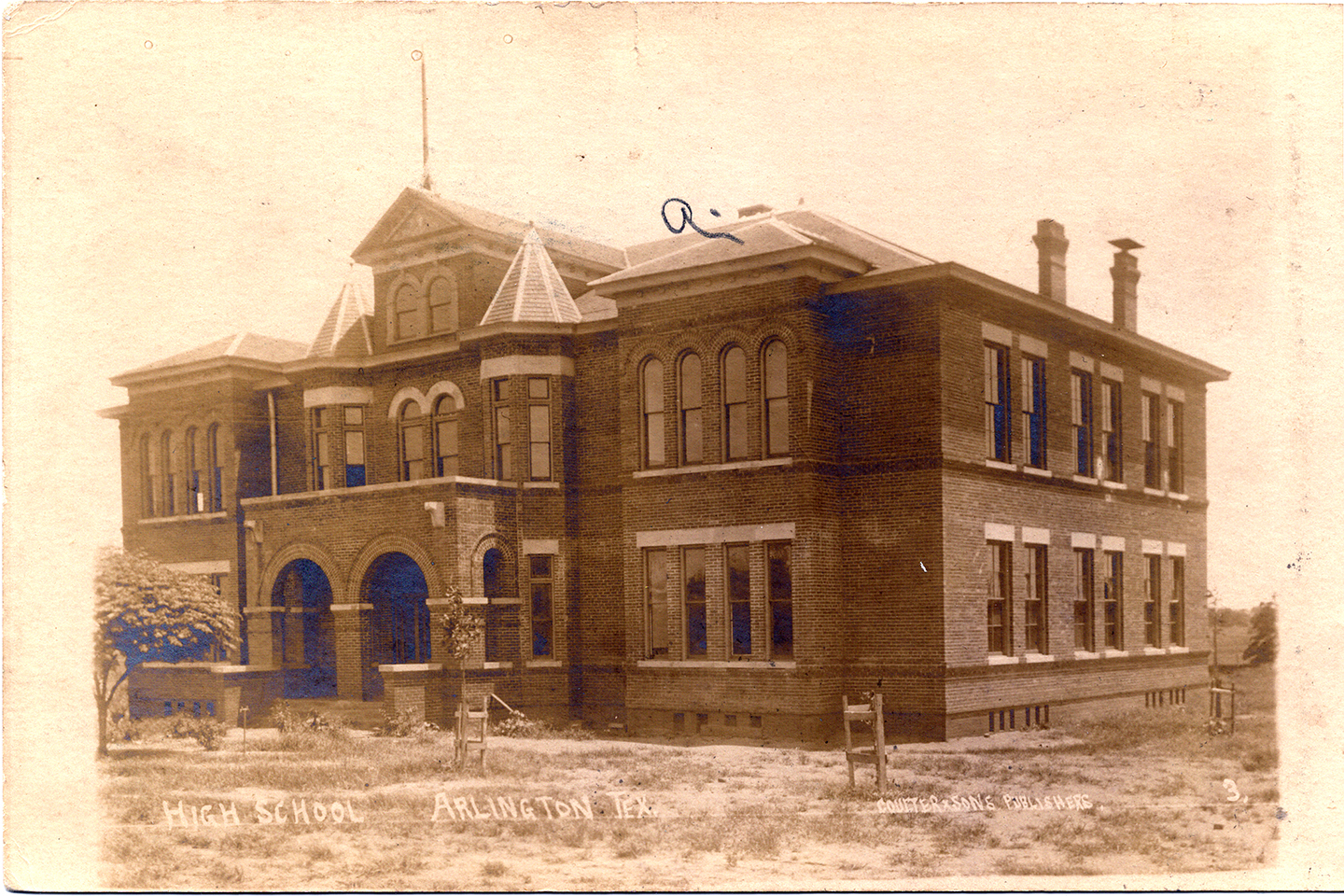
Early Newspaperman Saw Vision of Arlington's Future
This turn-of-the-20th-century article appeared in the Arlington Journal of August 15, 1902.
There is no man with good red blood in his veins but loves to see his town prosper... to see its educational and religious institutions flourish.
It matters not whether he be religious or not, he is bound to admit that our government is founded upon the principles of Christianity and upon the perpetuity of these principles our home and state is dependent. But there are more people working for the material development of their town than for any other one thing and this is not wrong. When one looks back over the past few years and views Arlington then and now they can feel proud of the advancement she has made, and the men who have been working for her up building can but entertain a feeling of triumph.
One sees it grown from a hamlet with a few straggling houses into a town of nearly 2,000 inhabitants. They see the country around it changed from pasture lands into well cultivated farms with good houses and barns. They see school houses and churches every few miles. Before, they were few and far between. Instead of a few frame business houses, they see handsome brick blocks and instead of a lone merchant waiting for a buyer, they see men with large forces of clerks. Even some of the people here in town might be surprised to know how many businesses we have. We have one railroad and one electric line with 52 trains and Interurban cars in and out daily, one oil mill, two square and one round bale gin and in the three there are 28 gin stands. We have four rural delivery routes and the inspector will be here between the 20th and last of this month to look at the establishment of nine more. We have one National bank; 5 dry goods stores; 3 hardware stores; 8 grocery stores; 3 drug stores; 2 furniture stores; 2 feed stores; 4 saloons, but since the town went dry they will be out of business in 30 days; 2 livery stables; 2 meat markets; 4 cold drink stands; 2 lumber yards; 1 jewelry store; 8 doctors; 1 saddle and harness shop; 3 barber shops; 2 telephone systems with two exchanges; 2 restaurants; 4 blacksmith shops; 1 hotel; 1 bakery; 1 dairy; 1 dentist; 1 photograph gallery; 1 shoe shop; 1 paint shop; 1 general repair shop; and 1 flour mill.
As to schools, there is not a town that has as bright future before it than Arlington. The Carlisle School for boys has a man at its head whose name is a synonym for successful school work. In every city, town and hamlet. J. M. Carlisle is known to be one of the foremost educators of the state. His boarding hall, a large commodious building, well heated and ventilated, will soon be complete, and none can doubt that it will be crowned with success and be a blessing to the town and to the hundreds of young men who will enter its halls. (Editor's note: Photo below is of the school written of futuristically in this paragraph.)

The public school is being well provided for, and ere another year has passed, a handsome brick building will be erected and our public school will take her place among the best schools of the state. We have four churches, all working harmoniously together for the moral good of the town.
Last year, the town brought nearly 10,000 bales of cotton and the prospects are that this year it will reach close to 15,000 bales.
With the Interurban railway and the connection it provides to Fort Worth and Dallas, one has but to brush aside the veil and look a little way into the future when they see Arlington double her present size, with all the country around her cut up into small farms, well cultivated and yielding 10 times what it does at present.
